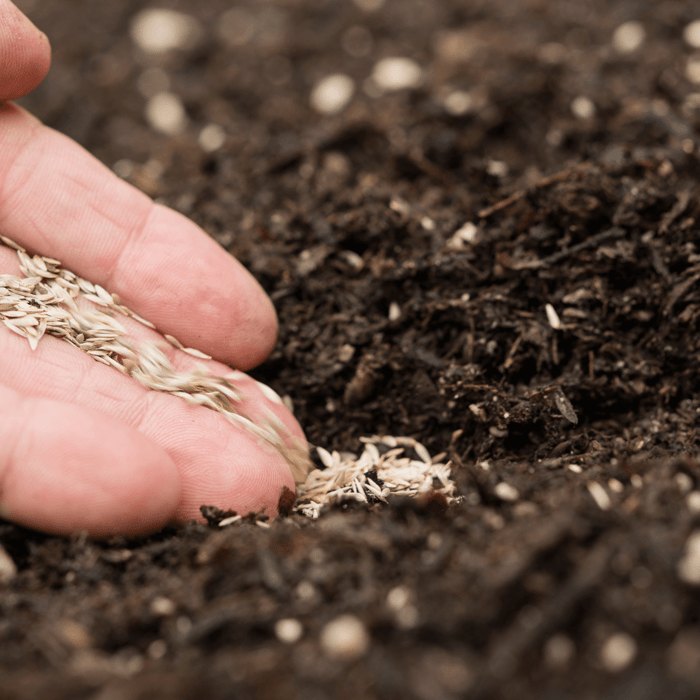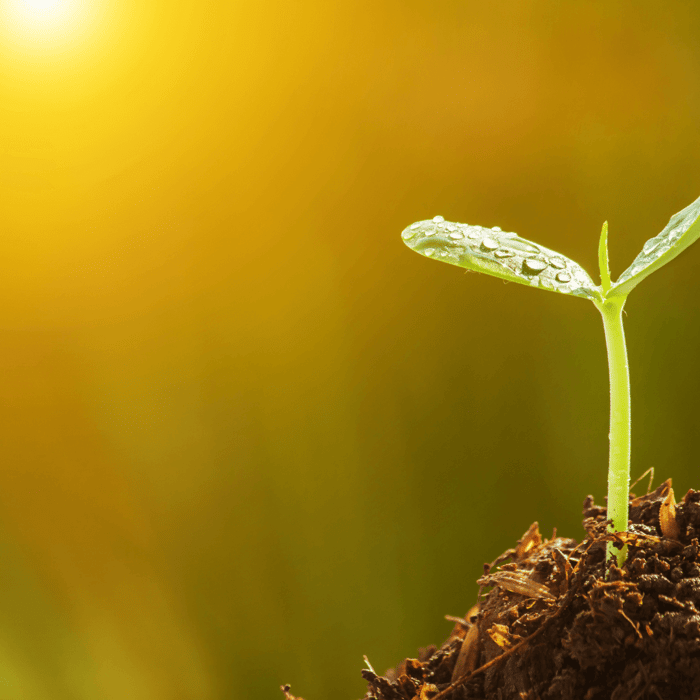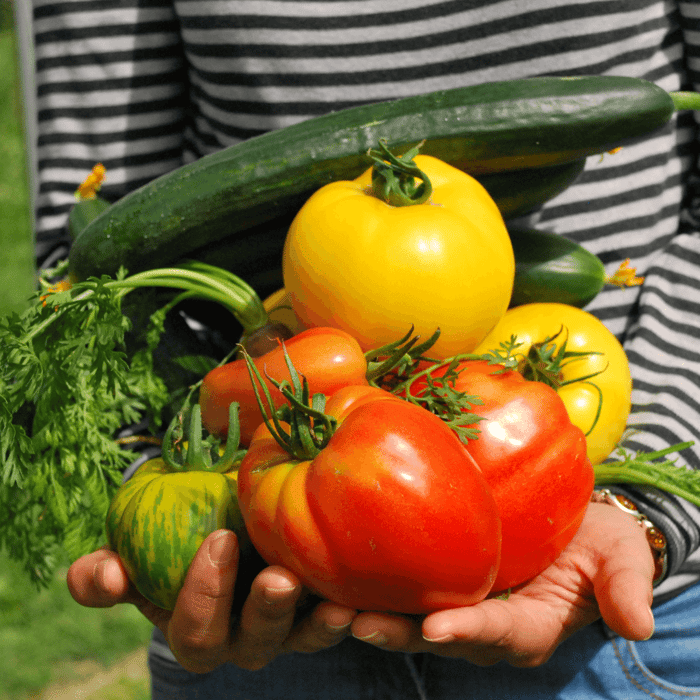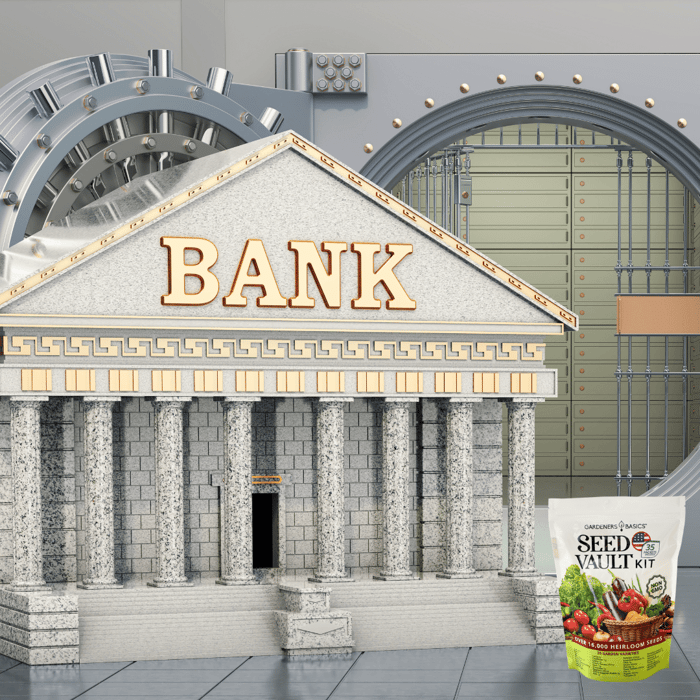Hi there, fellow gardeners! As an avid gardener, I often ponder the life expectancy of the seeds I use. With countless seed packets, heirloom seeds, and various types, it's essential to know how long our precious seeds can last. In this in-depth article, we'll explore the factors that affect seed survival, how to store seeds properly, and methods to determine seed viability. So, let's dive in and discover how long can seeds survive.
1. Factors Affecting Seed Viability
The first thing to understand is that the length of time seeds remain viable depends on the type of seed and the conditions under which they're stored. Various factors affect seed viability, including:
- Type of seed: Different types of sources have different life expectancies. For example, onion seeds typically last a year or two, while tomato and carrot seeds can last up to four years.
- Storage conditions: Cool, dry conditions are ideal for seed storage. Humidity, heat, and light can significantly reduce the germination rate of seeds over time.
- Seed quality: High-quality, disease-free seeds will likely remain viable longer than low-quality or damaged roots.
Vegetable Seed Vault Kit | 35 Variety Pack

$29.95
$49.95
Ultimate Survival Seed Vault: 16,000+ Non-GMO Heirloom Vegetable Seeds for Emergency Preparedness Introducing the Seed Vault Kit, your all-in-one solution for emergency preparedness and sustainable gardening. This premium seed kit contains over 16,000 non-GMO, Heirloom, Non-Hybrid, and Open Pollinated seeds,… read more
2. How to Store Seeds Properly
To maximize the life of your gardening seeds, follow these seed storage best practices:
- Keep seeds in a cool, dry place away from direct sunlight. The ideal storage temperature is between 32°F (0°C) and 41°F (5°C).
- Store seeds in airtight containers like glass jars or plastic bags. Make sure to label them with the type of seed and the date of purchase or harvest.
- Add a desiccant-like silica gel packet to the container to absorb any moisture.
- For long-term storage, consider keeping seeds in the refrigerator or freezer. Just make sure they're adequately sealed to prevent moisture damage.
To learn more about storing seeds and other gardening tips, visit Gardeners Basics.
3. How to Determine Seed Viability
Before you start planting, knowing if your seeds are still good is essential. Here are some ways to test seed viability:
3.1. The Paper Towel Method
- Moisten a paper towel and wring out the excess water.
- Place a few seeds on the paper towel and fold them to cover the bases.
- Place the folded paper towel in a plastic bag and seal it.
- Keep the bag warm, like the top of the refrigerator.
- Check the seeds after a few days to see if they've germinated. The germination rate will give you an idea of the seed's viability.
3.2. The Water Test
- Fill a shallow container with water.
- Place the seeds in the water and observe their behavior. Viable seeds usually sink, while non-viable sources tend to float.
- Remember that this test is not foolproof, as some good seeds may also float due to air pockets.
3.3. Consult Your Local Cooperative Extension
Your local cooperative extension can provide valuable information on seed viability for specific types of seeds and regional conditions.
4. Seed Viability Chart
Here's a general guideline for how long different types of vegetable seeds can stay viable under proper storage conditions:
- Beans: 3-5 years
- Carrots: 3-4 years
- Corn: 2-3 years
- Cucumbers: 5-7 years
- Lettuce: 3-5 years
- Onions: 1-2 years
- Peas: 3-5 years
- Peppers: 2-4 years
- Pumpkins: 4-6 years
- Radishes: 4-6 years
- Spinach: 2-5 years
- Squash: 4-6 years
- Tomatoes: 3-4 years
Popular Herb Seeds for Planting | 35 Variety Pack
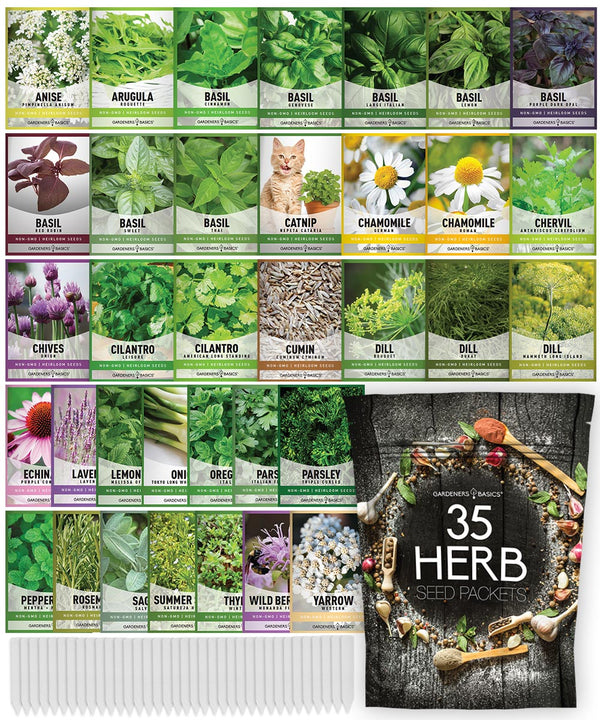
$29.95
$49.95
Heirloom, non-GMO herb seeds for indoor and outdoor home gardens! Introducing our 35 Herb Seeds Variety Pack, the ultimate selection for any herb garden enthusiast! This premium assortment includes heirloom herb seeds that are non-hybrid, open-pollinated, and non-GMO, ensuring you get only… read more
These are general guidelines, and individual seed viability may vary depending on storage conditions and seed quality. Also, if seeds are kept cool and in a dark location in a mylar bag, they can stay viable for 10-25 years.
5. Seed Starting Tips
When you're ready to start seeds, follow these best practices to increase your chances of successful germination:
- Seed depth: Plant seeds at the recommended depth for their type. Planting too shallow or too deep can impact germination rates.
- Watering: Keep the seed-starting medium consistently moist but not soaking wet. Overwatering can cause seeds to rot, while underwatering can inhibit germination.
- Temperature: Most seeds germinate best at temperatures between 65°F (18°C) and 75°F (24°C). Using a seedling heat mat can help maintain consistent temperatures for optimal germination.
- Light: Once seeds have germinated, provide adequate light to prevent seedlings from becoming leggy. A south-facing window or grow lights can provide the necessary light for healthy growth.
6. How to Increase Seed Viability
Proper seed storage is critical to increasing seed viability, but there are also some steps you can take to further improve your seeds' chances of success:
- Buy quality seeds: Purchase seeds from reputable sources, like Gardeners Basics, to ensure you're getting high-quality, disease-free seeds.
- Save seeds from your garden: If you grow heirloom plants, you can save seeds from your garden to use in future years. Just make sure to dry and store them properly to maintain their viability.
- Rotate your seed stock: Use older seeds first and replenish your seed stock with fresh seeds each season to ensure you're always using the most viable seeds.
Seed Safe Survival Seed Kit - 35 Variety Pack
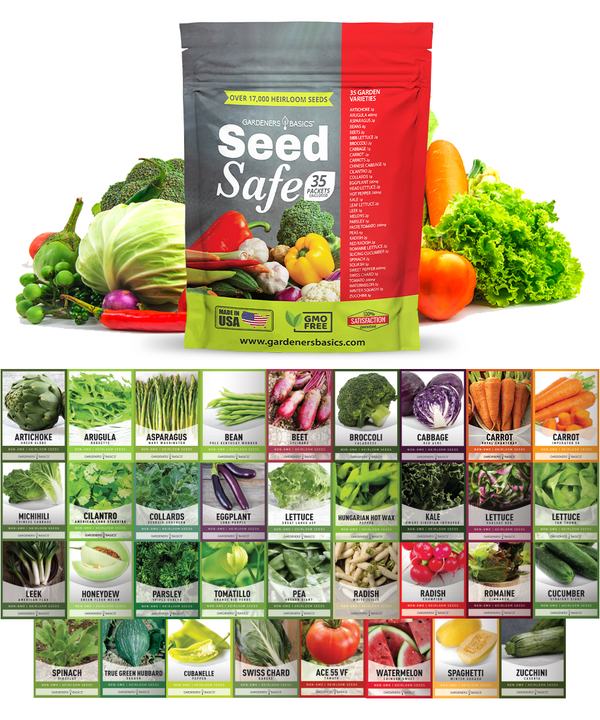
$29.95
$49.95
Seed Safe Survival Seed Kit: The Ultimate Heirloom Collection for Self-Sufficient Gardening Introducing the Seed Safe - 35 Varieties of Heirloom Vegetable, Herb, and Fruit Seeds, the ultimate solution for gardeners who want to secure a bountiful future harvest. This… read more
7. Common Seed Storage Mistakes to Avoid
When storing seeds, avoid these common mistakes that can decrease seed viability:
- Storing seeds in damp or humid conditions: Moisture can cause roots to rot or become moldy, reducing their viability.
- Storing seeds in fluctuating temperatures: Rapid temperature changes can damage roots and decrease their germination rate.
- Storing seeds with strong-smelling substances: Seeds can absorb odors, which may negatively affect their germination.
- Be sure to check out our seed vault kit.
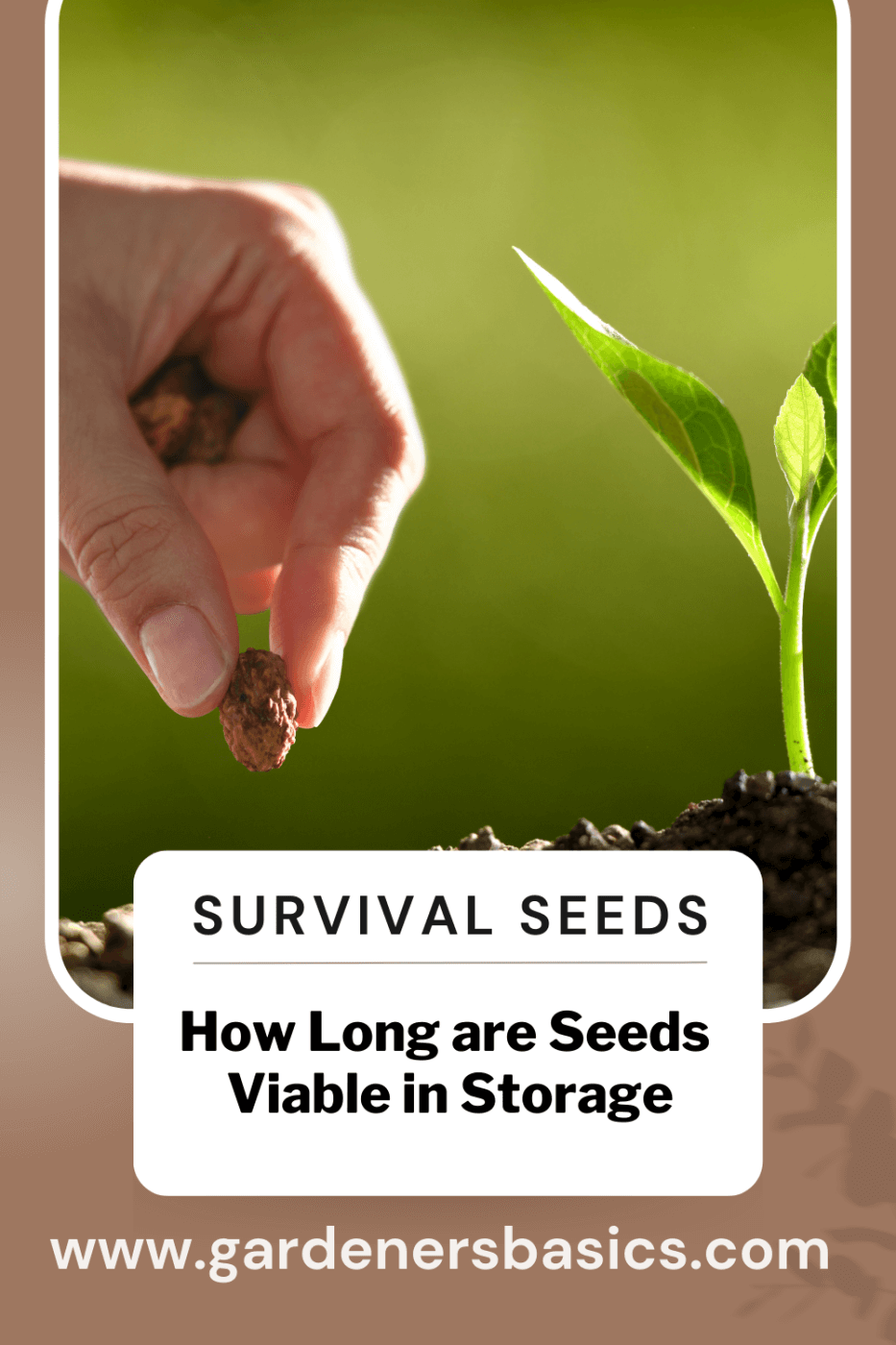
8. The Importance of Seed Viability in Gardening
Understanding seed viability and proper storage techniques is crucial for every gardener. By knowing how long seeds can survive and taking steps to maximize their lifespan, you can save money, reduce waste, and enjoy a more prosperous and bountiful gardening experience.
Remember, seed viability is just one aspect of successful gardening. To learn more about seed starting, garden planning, and other essential gardening skills, visit Gardeners Basics. Happy gardening!



